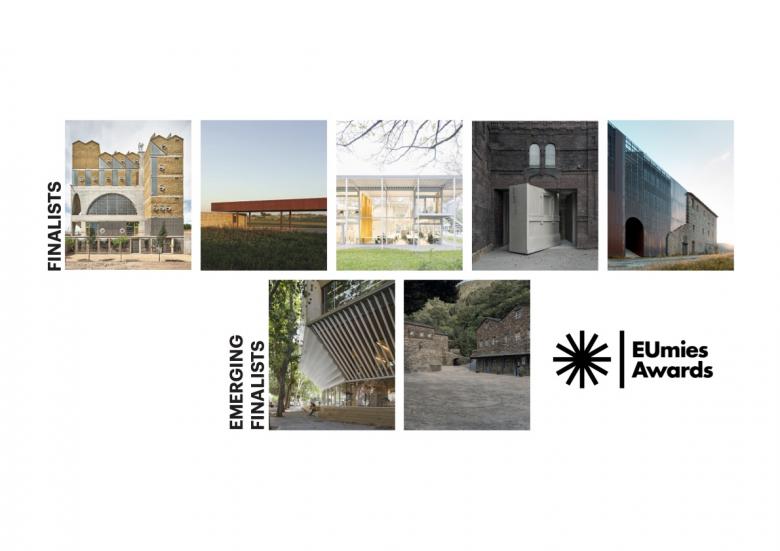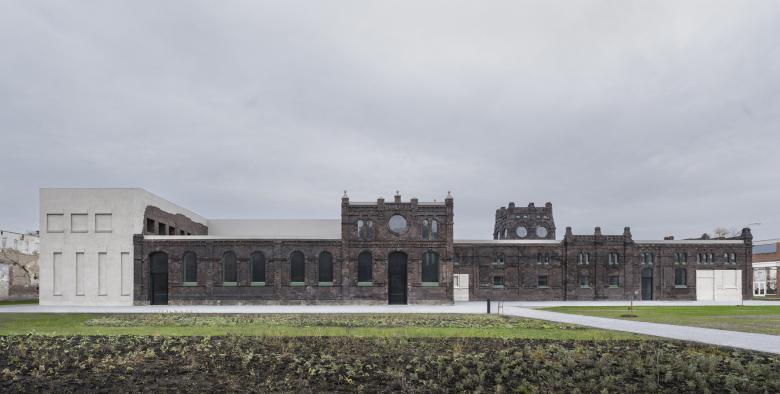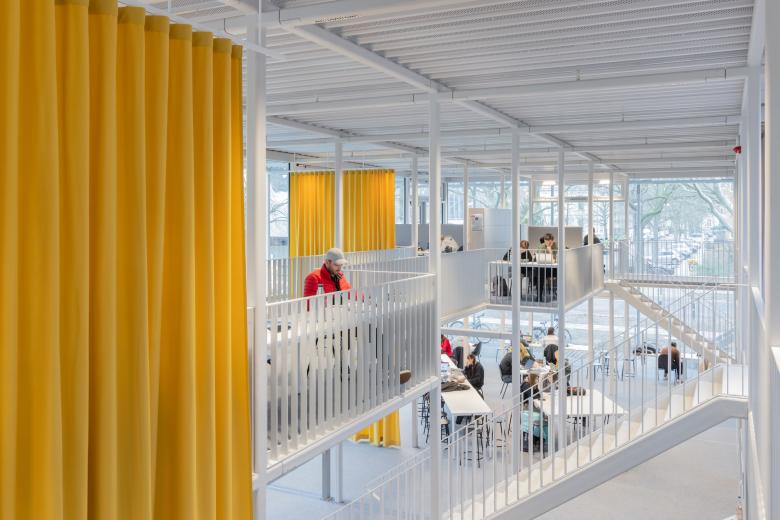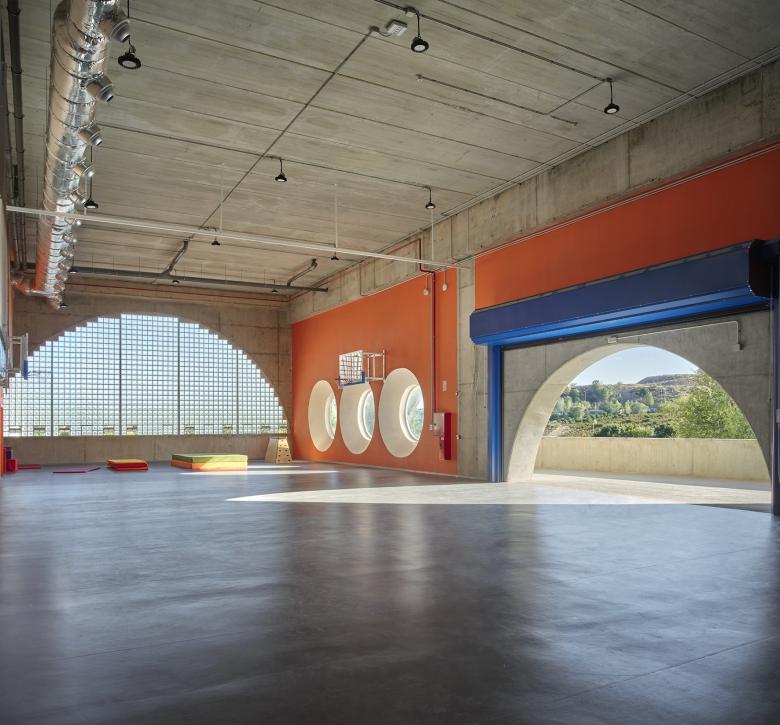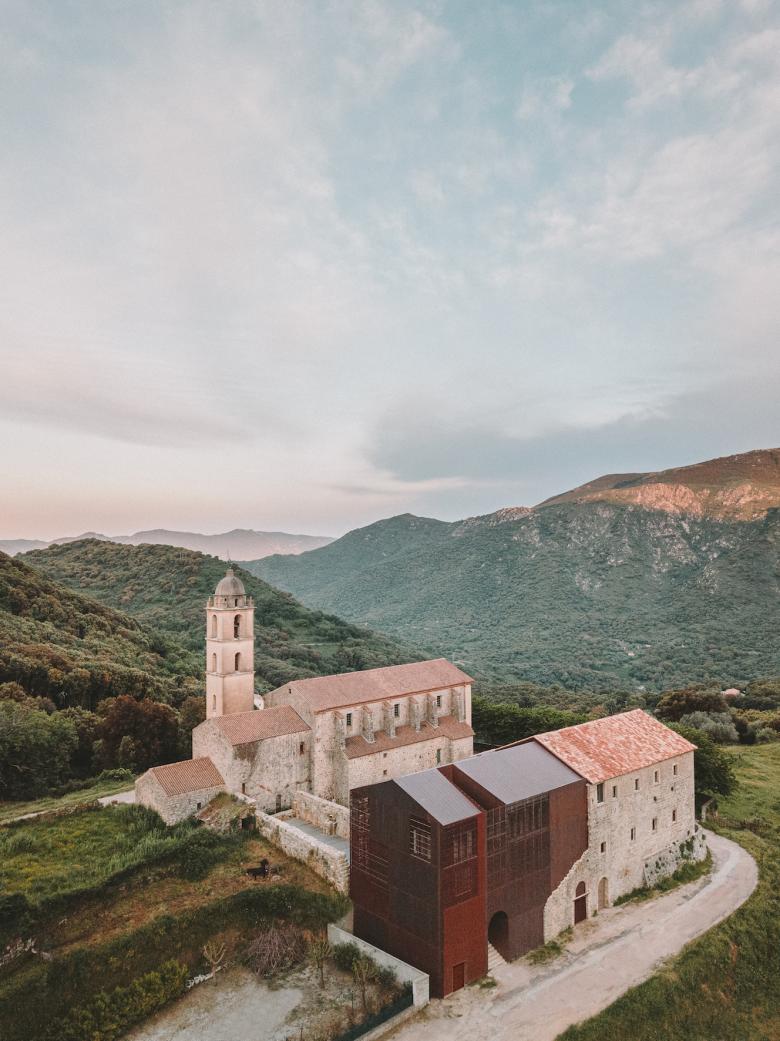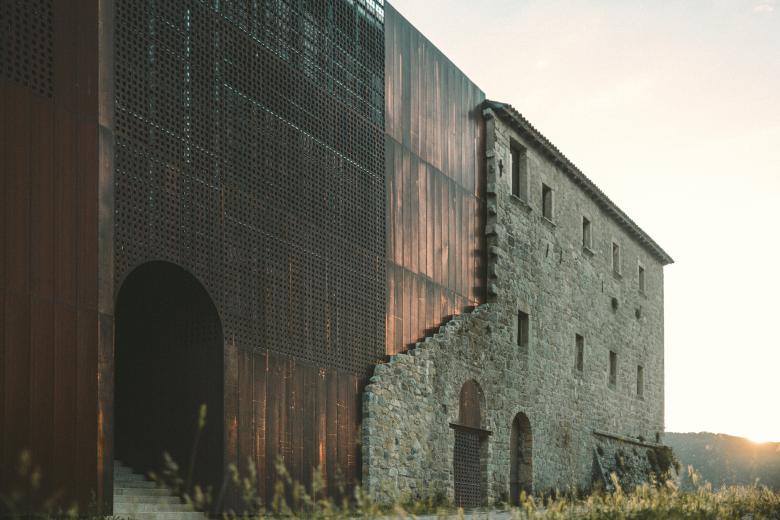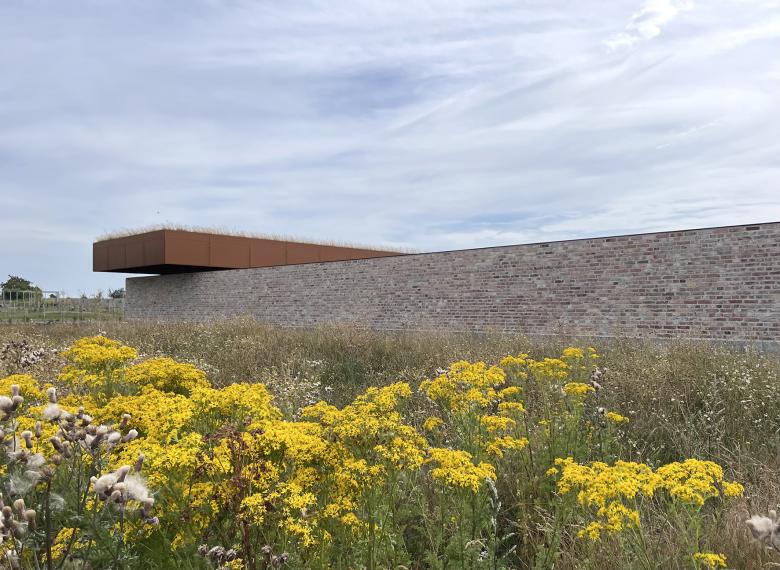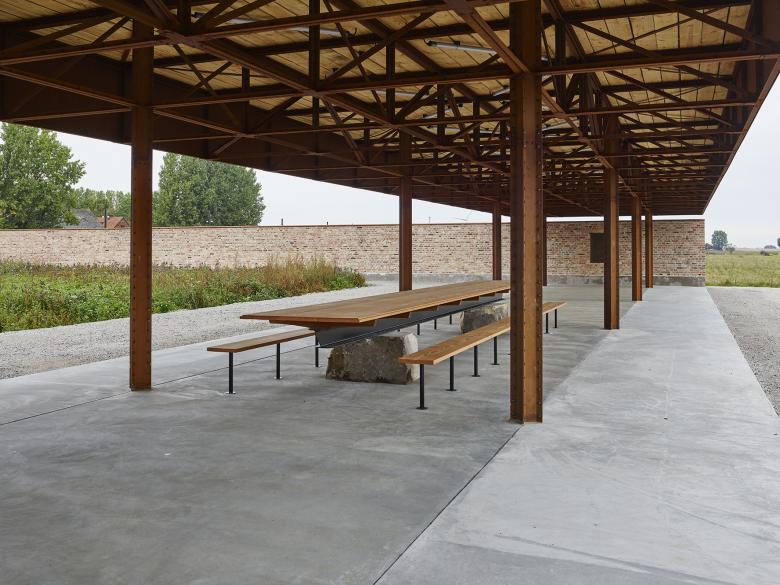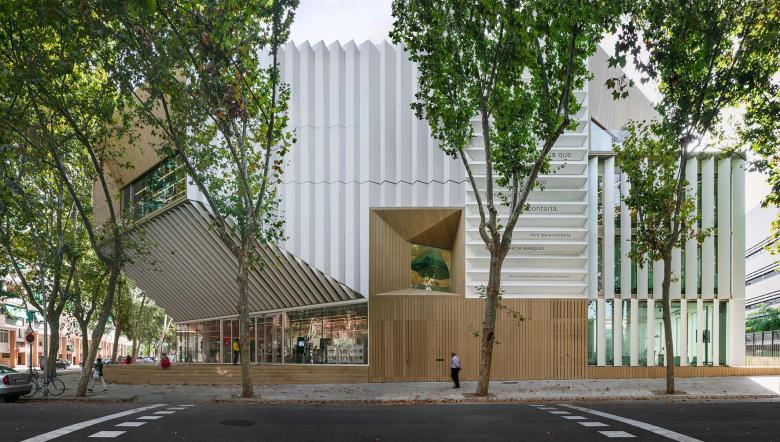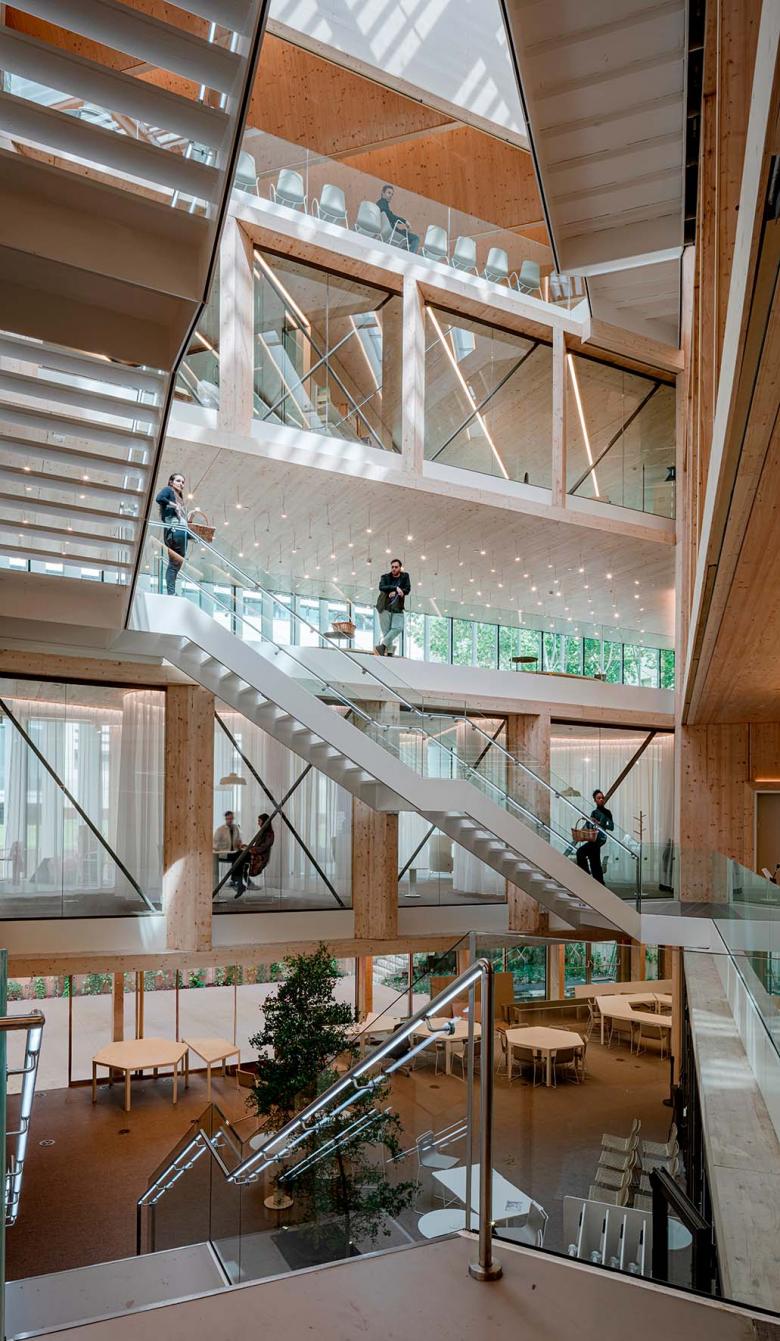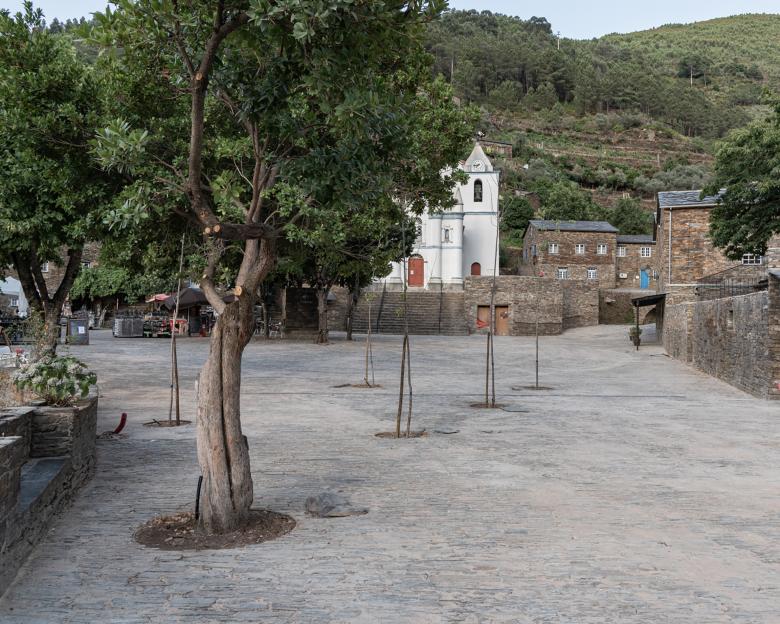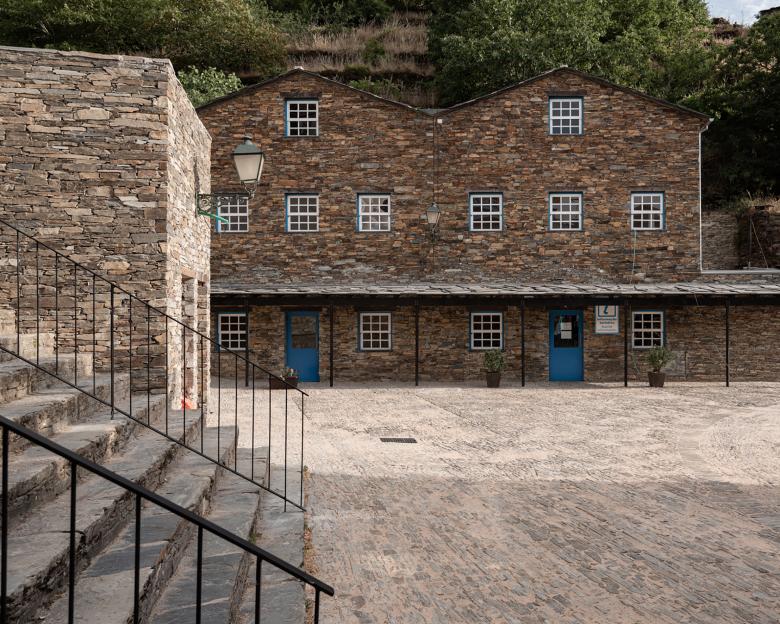5 Architecture Finalists + 2 Emerging Finalists
7 Finalists Announced for EU Mies Award 2024
John Hill
20. February 2024
Image courtesy of European Commission and Fundació Mies van der Rohe
The European Commission and the Fundació Mies van der Rohe have announced the seven works in the running for the 2024 European Union Prize for Contemporary Architecture – Mies van der Rohe Award: five projects for the Architecture prize and two projects vying for the Emerging prize.
The two EUmies Award winners will be announced on April 25 after the jury (chair Frédéric Druot, Martin Braathen, Pippo Ciorra, Tinatin Gurgenidze, Adriana Krnáčová, Sala Makumbundu, and Hrvoje Njiric) visits each of the seven finalists: the five Architecture Finalists and the two Emerging Finalists. The jury determined the finalists from the 40 shortlisted works announced last month that in turn were culled from the 362 nominated works revealed last October for this prestigious biennial prize.
The Architecture Finalists, listed and illustrated below, are found in five countries (Czech Republic, France, Germany, Spain, Sweden) and encompass three types of programs: culture, education, and landscape. Most winners of the EU Mies Award, established in 1988, have been cultural, recent prizes have gone to other typologies: collective housing projects, transformations of existing buildings, and educational buildings. Town House – Kingston University London and La Borda cooperative housing won in 2022, while the Transformation of 530 Dwellings - Grand Parc Bordeaux won in 2019, and DeFlat Kleiburg was the 2017 winner.
The two Emerging Architecture Finalists — a library in Barcelona and an office/public square in Piódão, Portugal — are listed and illustrated at bottom. The jury found that all seven finalists “encourage and become references for local city policies which can become global European models, because they all create high-quality inclusive living environments. Most of them transform and improve the conditions of rather small communities in places that had gone through different processes of oblivion: former industrial areas and small rural villages. Those works in bigger cities are implemented in rather peripher[al] areas, building strong associations with the existing neighborhoods. The seven works exceed the paradigm of sustainability and dignify everyday architecture, the places where we inhabit and learn, where we meet and discuss and enjoy ourselves.”
Descriptions by the architects are found below, in alphabetical order by two-digit country code, with links to the EU Mies Award website where more images and information on the finalists are available. Following the announcement of the Architecture and Emerging winners at CIVA in Brussels on April 25, an awards ceremony will take place at the Mies van der Rohe Pavilion in Barcelona on May 14.
Architecture Finalists
Plato Contemporary Art Gallery in Ostrava (CZ) by KWK Promes (Photo © Juliusz Sokołowski)
Plato Contemporary Art Gallery in Ostrava (CZ) by KWK Promes
“By saving a historic building and turning it into an art gallery, we have introduced a solution that makes art more democratic. By rotating the walls in an unusual way, it goes outside the building. We transformed the space around the gallery, which had previously been contaminated, into a biodiverse art park for the benefit of local residents.”
Plato Contemporary Art Gallery in Ostrava (CZ) by KWK Promes (Photo © Juliusz Sokołowski)
Study Pavilion on the campus of the Technical University of Braunschweig in Braunschweig (DE) by Gustav Düsing & Max Hacke (Photo © Iwan Baan)
Study Pavilion on the campus of the Technical University of Braunschweig in Braunschweig (DE) by Gustav Düsing & Max Hacke
“The study pavilion on the TU Braunschweig campus is an innovative and highly flexible learning environment that promotes social exchange and interdisciplinary knowledge generation between students and teachers alike and represents a counter-model to spaces of hierarchical knowledge transfer.”
Study Pavilion on the campus of the Technical University of Braunschweig in Braunschweig (DE) by Gustav Düsing & Max Hacke (Photo © Iwan Baan)
Reggio School in Madrid (ES) by ANDRES JAQUE / OFFICE FOR POLITICAL INNOVATION (Photo © José Hevia)
Reggio School in Madrid (ES) by ANDRES JAQUE / OFFICE FOR POLITICAL INNOVATION
“The design of the school was developed in conversation with teachers, students, and parents; as a participated process that incorporated their ideas, concerns, and sensitivities. Avoiding homogenization and unified standards, the architecture of the school aims to become a multiverse where the layered complexity of the environment becomes readable and experiential.”
Reggio School in Madrid (ES) by ANDRES JAQUE / OFFICE FOR POLITICAL INNOVATION (Photo © José Hevia)
Rebirth of the Convent Saint-François in Sainte-Lucie-de-Tallano (FR) by Amelia Tavella Architectes (Photo © Thibaut Dini)
Rebirth of the Convent Saint-François in Sainte-Lucie-de-Tallano (FR) by Amelia Tavella Architectes
“I believe in higher and invisible forces. The Convent Saint-Francois of Sainte-Lucie de Tallano, built in 1480, is part of this belief. Housed in a height, on its promontory, it was a defensive castle before being a place of prayer, of retreat, chosen by monks aware of the absolute beauty of the site. Faith rallies to the sublime.”
Rebirth of the Convent Saint-François in Sainte-Lucie-de-Tallano (FR) by Amelia Tavella Architectes (Photo © Thibaut Dini)
Hage in Lund (SE) by Brendeland & Kristoffersen architects (Photo © Peter Westrup/Thomas Skinnemoen)
Hage in Lund (SE) by Brendeland & Kristoffersen architects
“Hage is a high quality public space that should both work as a short term space for public discussion, events and workshops, while also, in a long-term perspective, offer a meditative, beautiful urban space and garden at the heart of a new neighborhood. Open to everyone, it is a response to the question of how to build a new community: start with social space.”
Hage in Lund (SE) by Brendeland & Kristoffersen architects (Photo © Peter Westrup/Thomas Skinnemoen)
Emerging Finalists
Gabriel García Márquez Library in Barcelona (ES) by SUMA arquitectura (Photo © Jesús Granada)
Gabriel García Márquez Library in Barcelona (ES) by SUMA arquitectura
“The García Márquez is a pioneering and landmark library that culminates a three-decade plan building these facilities in Barcelona. It serves a working class and vindictive neighborhood, lacking significant investment for years, that demanded its ‘people's palace’ ever since and now enjoys the ‘best new library in the world,’ according to IFLA.”
Gabriel García Márquez Library in Barcelona (ES) by SUMA arquitectura (Photo © Jesús Granada)
Square and Tourist Office in Piódão (PT) by Branco del Rio (Photo © Frederico Martinho)
Square and Tourist Office in Piódão (PT) by Branco del Rio
“The only flat and open area of the steeped village of Piódão is given back its dignity as welcoming lobby and gathering place. What was previously a parking lot has been redesigned, paved and partially shaded using traditional materials and techniques. The space was given back to its people following their material and constructive culture.”
Square and Tourist Office in Piódão (PT) by Branco del Rio (Photo © Frederico Martinho)
Related articles
-
Winners of 2024 EU Mies Awards Announced
1 day ago
-
7 Finalists Announced for EU Mies Award 2024
2 months ago
-
Choosing the Winners
2 months ago
-
40 Works Shortlisted for EU Mies Award 2024
on 1/18/24
-
Nominees for 18th EUmies Awards Announced
on 10/13/23
